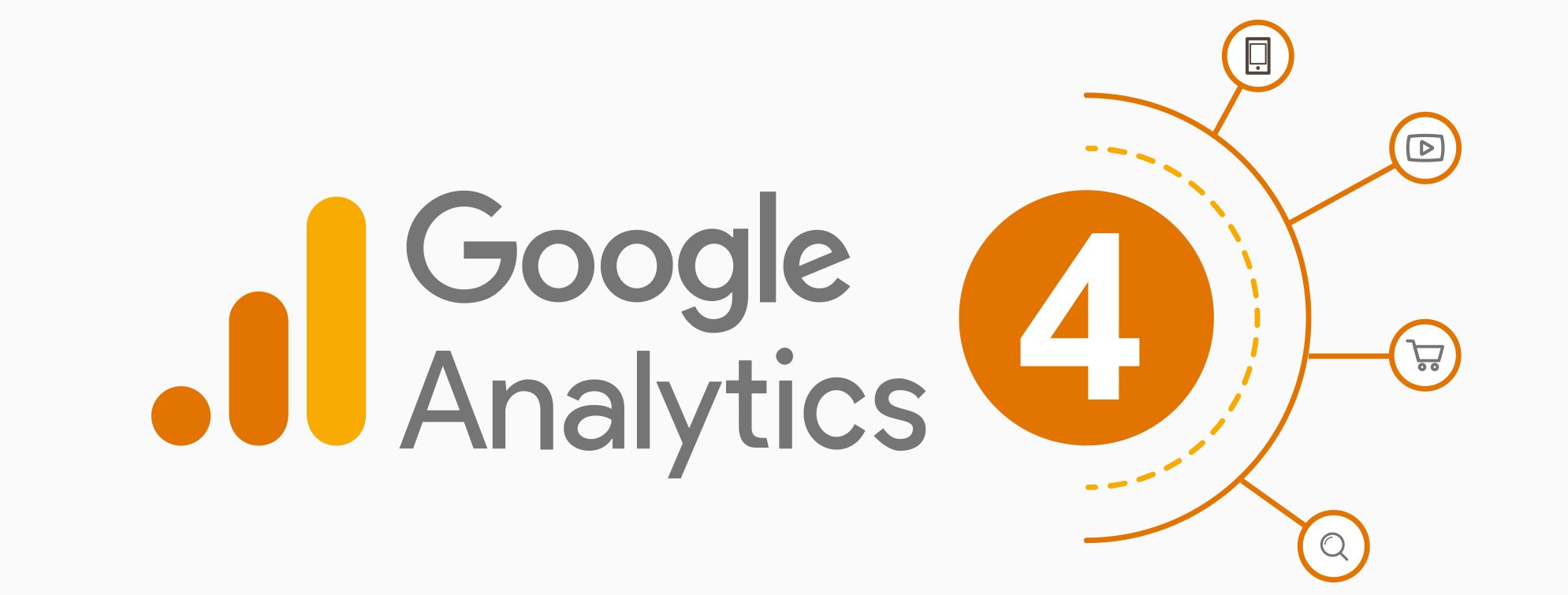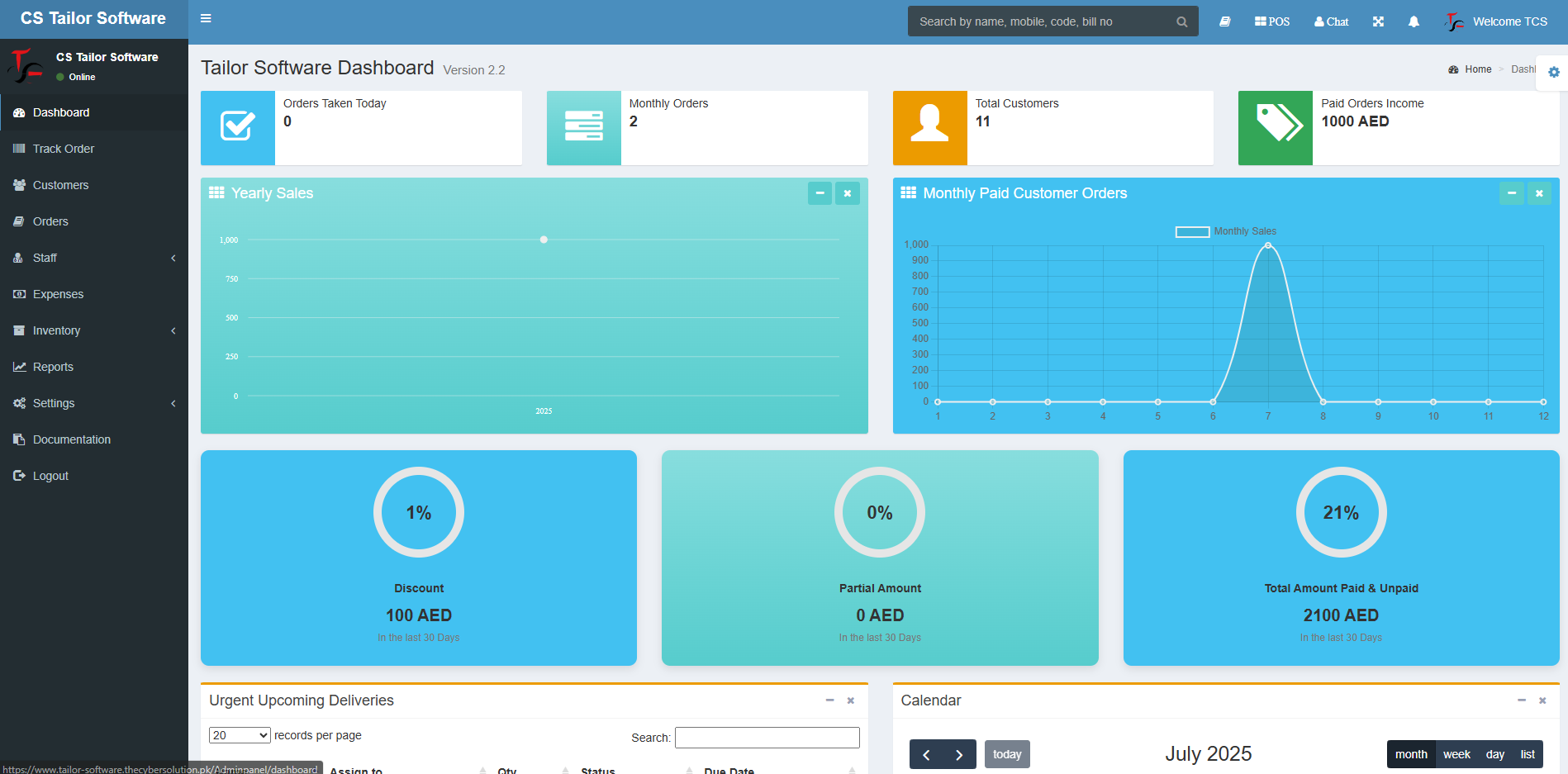How to Use Google Analytics 4 for Marketing : Social Media
How to Use Google Analytics 4 for Marketing
Are you using analytics to track your marketing efforts? Are you ready for Google Universal Analytics to be discontinued?
Tue 18 - Jul - 2023 2741 0
Are you ready for Google Universal Analytics's impending demise if you use analytics to evaluate your marketing?
In this article, you’ll discover how to use Google Analytics 4 to continue tracking consumer behavior and measuring your marketing now and into the future.
Comparing Google Universal Analytics vs. What's Happening with Google Analytics 4?
The GA4 code must be added to your website; this is crucial. Keep in mind that all Universal codes will simply stop collecting data as of July 2023. Set up your sources, channels, and page view tracking now to ensure that there is no gap in data collection when the switchover occurs.
There is currently no assurance that Google will make it simpler for users to connect their Universal and GA4 accounts. To replace the existing Universal measurement ID, you will need to create a new measurement ID on your own.
Indeed, Google has announced the discontinuation of Universal Analytics and its web traffic data collection. The decision stems from the need for improved privacy and attribution in today's measurement landscape, along with the impact of privacy laws like the GDPR in Europe. Universal Analytics has faced challenges in complying with these regulations and providing data insights while prioritizing user privacy.
As of July 1, 2023, Universal Analytics will stop receiving web traffic data. This means that even if you have Universal Analytics set up on your website, it will no longer work and no new data will be collected. While your Universal page will still exist, there won't be any data available for analysis. By the end of 2023, access to Universal Analytics will be completely discontinued.
Google's focus is now on providing better analytics solutions that address the complexities of multi-platform customer journeys while upholding user privacy. It's crucial for businesses to adapt to these changes and explore alternative analytics options that align with evolving privacy regulations.
If you have been relying on Universal Analytics, it's recommended to explore and migrate to Google's newer analytics solutions that offer improved privacy and attribution capabilities.
Google Analytics 4 (GA4) aims to solve these problems with more flexible tracking, granular data, and simpler setup. But first, you’ll need to make the switch.
What You Need to Do Today: Set Up Google Analytics 4
In the next few sections of this guide, we’ll talk about what makes GA4 valuable to marketers and its clever new features. Let’s start with the basics.

The crucial step is to ensure that you have the GA4 code implemented on your website. It's essential to remember that starting from July 2023, any Universal Analytics code will no longer gather data. To avoid any interruptions in data collection, it's important to set up your sources, channels, and page view tracking in GA4 without delay.
Currently, it remains uncertain whether Google will facilitate an easier process for linking Universal and GA4 accounts. Therefore, it's necessary for you to generate a new measurement ID yourself, which will replace the existing Universal measurement ID you have.
To accomplish this, follow these steps:
- Visit your Analytics page.
- Go to the Admin settings.
- In the Admin settings, you'll find three columns: Account, Property, and View.
- Click on the "Create Property" button located at the top of the Property column.
- Follow the instructions provided to set up your property, which represents the app or website you want to collect data for. This process will generate a new measurement ID for you.
You can repeat these steps to set up multiple properties. Once you transition to using GA4, you'll observe that the Admin settings display only two columns: Account and Property. However, the procedure for creating a new property remains the same.
By following these steps, you can ensure that you have GA4 set up correctly with the new measurement ID, thus continuing to gather data effectively.

Alternatively, if you’re starting out with a new Analytics account altogether, Google will prompt you to create a GA4 measurement ID automatically.

You’re now ready to collect data with GA4. You can either run the analytics directly on your website or use your new measurement ID to get set up in Google’s Tag Manager, whichever method you prefer.
Google recommends using Tag Manager. You’ll find that you can use it to automate even more with GA4, but GA4 also works perfectly fine on its own.

Why You Need to Set Up GA4 Now
So… It’s time we asked the obvious question.
Why should you go to all this effort, especially when Universal will still be around until 2023? What’s so great about GA4?
There are two key reasons:
- Switching now means that you can collect more data in GA4 before your Universal data disappears.
- GA4 can track more data, and more flexibly, than Universal.
Let’s examine those in more detail.
Switching to GA4 now means that you’ll accumulate plenty of data before your Universal account goes blank. If you wait until July 2023, you’ll have to start from scratch.
If you want to keep your old data from Universal, you’ll need to export your account history to a data warehouse such as BigQuery. You can use Google’s Looker Studio to compare datasets from Universal with GA4.

The easiest and recommended solution is to start using GA4 now, allowing you to accumulate a significant amount of data by 2023. This approach eliminates the need to retain Universal Analytics.
The advantages of GA4 are significant. It collects more comprehensive data, provides better management tools, and even incorporates machine learning capabilities, promising to simplify the lives of marketers.
In Universal Analytics, tracking events involves defining them using categories, actions, and labels. Each dimension has a scope that determines the duration of the information's validity, such as the length of a user's session on your website. It is crucial for the scope of each dimension to be the same; otherwise, data can become mixed up, causing confusion.
The complexity of handling different data types in Universal Analytics often leads to confusion for users. Comparing and combining different pieces of information becomes challenging due to the intricacies involved.
GA4 takes a simpler approach. In GA4, every piece of data is referred to as a "hit." This allows you to combine and compare all data effortlessly because everything is considered a hit.
With GA4, you can track events with up to 50 individual parameters, such as tracking clicks to play a video. Accomplishing such detailed tracking in Universal Analytics would require a complex and time-consuming setup. In GA4, each parameter can be measured, viewed, reported, and compared with others, simplifying the process.
To maximize the benefits of data and event tracking in GA4, it's worth recording more granular data because you can effectively utilize the information. However, it's important to avoid tracking every possible parameter for every single event. Instead, consider how analytics can support specific goals for your app or website and focus on answering specific questions about your traffic.
In the upcoming section, we will explore some of the key features of GA4 and how you can enhance its capabilities with custom metrics.
#1: Audiences
As we’ve seen, the big improvement from Universal to GA4 is that you can collect much more detailed data. That applies to defining your audiences, too.
In Universal, audiences were only used for ads and you defined separate segments to describe your organic users. GA4 simply combines the two categories so you can use the same audience for both ads and organic traffic.

GA4 also allows you to create much more specific audiences based on user behavior and the customer journey. For example, you could create an audience that’s defined as “people who watched a product video twice in 1 week, then added an item to cart in their next session.” That’s the level of personalization and targeting we’re talking about!
You can create nested audiences to drill down even further. You can assign users to be members of multiple audiences. You can even create events that are triggered by someone entering an audience and then target them based on that event. (Remember how GA4 lets you combine different data types more efficiently?)
Let’s take that example audience we just suggested. When someone adds an item to cart, they’re added to the audience of “people who watched a product video twice in 1 week, then added an item to cart in their next session.” That triggers an event and that specific user is tagged as a hot lead. Then you can send targeted messages to everyone with that tag.
It might sound like a complex flow of actions but it’s actually very simple to do with GA4. This is especially useful if your app or website has multiple audiences.
For example, the website for an events space might have two key audiences: people who want to check the latest public events and people who want to book an event space. With GA4, you can separate those two audiences, tag different users based on their behavior, target them with relevant content, and measure the outcome.
Be aware that audiences only start populating once they’ve been created. You can’t manually add a user to an audience based on actions they took in the past. That’s yet another reason to switch to GA4 now so you have time to build and refine your audiences before July 2023.
#2: Engagement Rate
Engagement rate is another innovation for GA4. It’s updating the old metric of bounce rate with something much more accurate and informative.
Bounce rate is a popular metric in Universal but it’s been problematic for a long time. Why? Because Universal already misses so much activity. It records a user bouncing from a page when they move on without taking any actions. However, people often have taken action on those pages; the actions just haven’t been recorded.
GA4 fixes this problem by recording separate engagement and bounce rates, with new definitions.
- Engagement rate: A user is recorded as engaging with a page if they have it open in an active browser tab for at least 10 seconds. (You can edit this definition; for example, by changing the length of time required to suit your needs.)
- Bounce rate: This is now defined as the negative engagement rate; in other words, the number of people who visited a page but didn’t qualify as engaged.
These metrics are more useful than the old bounce rate because they’re more effective at gauging genuine interest in a page. It filters out bots, for example, because they won’t visit a page for long enough or keep the tab active.
However, just like with the old bounce rate, you should still avoid giving this metric too much power. Engagement rate is a valuable diagnostic tool that can tell you which pages are most or least interesting to your users. It’s less useful as a tool for reporting on marketing objectives.
#3: Content Consumption
Another important metric in GA4 is engagement time: how long someone stays engaged with a page beyond meeting the basic definition of engagement.
However, it’s not perfect. Users have to trigger events to keep registering as engaged, which means that some engagement gets missed. For example, if someone spends 5 minutes reading a long-form article but doesn’t click on any links or reach the 90% scroll point, GA4 thinks that they’ve stopped engaging. In fact, they’re just taking time to read.
Fortunately, there’s already a solution: a custom metric called Content Consumption, developed by the agency Kick Point. You can add this as a plugin for a WordPress site or through Tag Manager for any other website.
Here’s how it works:
- Content Consumption estimates how long a piece of content takes to read based on the word count and excluding other text on the page.
- A first event fires when a user spends that amount of time on the page.
- A second event fires when the same user scrolls to the end of the piece of content.
- Once both events have been triggered, a third event fires. The user is tagged as having consumed that piece of content.
This gives you three valuable pieces of data: whether your content is holding attention over time, whether people are looking all the way through your content, and whether they are meaningfully consuming it.
You can use all of that information to fine-tune your content. For example, if people regularly spend enough time on a page but don’t scroll to the end of the content, maybe you need to edit for clarity or readability.
#4: Attribution
Most online marketers rely heavily on urchin tracking modules (UTMs) to track attribution for both paid and organic content. You can still use them in GA4 but they work a bit differently.
When data about link acquisitions comes into Universal, it gets grouped into “channels” based on the source and medium information in the UTM. In GA4, the list of default channels and the way they’re defined have changed.
The Other channel that you’ll remember from Universal has been re-labeled Unassigned. New channels have been added including Paid Social, Video, Audio, and Paid Shopping, and you can expect Google to keep adding more.
There are still some important gaps. For example, there’s no Offline channel on the list. If offline acquisition is a significant part of your traffic (or you think it might be), then you can try using Offline as a medium instead and monitoring that traffic in the Unassigned channel.
Most significantly, you can’t create your own channels anymore. You have to use the ready-made channels. So when you switch over from Universal, you may need to update your UTM procedures to make sure that your data is still being captured and reported in a useful way.
How to Generate Reports in GA4
So far, GA4 has sounded like pretty good news for marketers. There’s more data to play with and it’s a lot more flexible.
Unfortunately, that doesn’t extend to reporting.
Reporting in GA4 is… just okay. You can generate a basic report by going to the Explore tab, where reports are called Explorations. This is similar to creating reports in Universal but Explorations are pretty hard to read or to work with.

What’s more, the data you see in Explorations may be edited. GA4 has a privacy feature called Thresholds. Thresholds ensures that if data could be used to identify individuals—if it’s deemed too specific or unique—then it’s filtered out of reports.
However, there is a way to create better reports that include a full complement of data. GA4 is already set up with a BigQuery integration by default so you can easily export your data. When you export the data, everything is included—without the Thresholds filter.
To set this up, go to your Admin settings and scroll down to BigQuery Links in the Property column. Then follow the prompts to link your analytics with the data warehouse.

Once your data is exported, you can set BigQuery up as a data source in Looker Studio (formerly, and much more clearly, known as Data Studio). Looker Studio enables you to slice and dice data without altering the original source so you can create comprehensive reports and still have your original data in storage.
You can export data directly from GA4 into Looker Studio if you don’t want to set up BigQuery in the middle. Just be aware that thresholding will still be applied to that data so you won’t get fully detailed reports.








